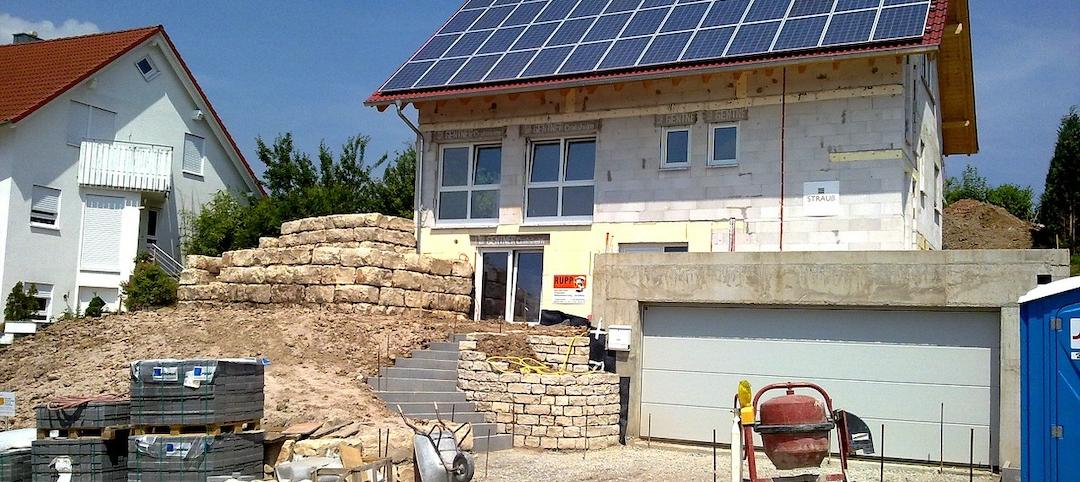The least energy efficient multifamily property may be spending $165,000 more in annual energy costs than a similar property operating the most efficiently, according to a new white paper released by Fannie Mae.
"Transforming Multifamily Housing: Fannie Mae's Green Initiative and Energy Star for Multifamily" provides insight into Fannie Mae’s Green Initiative, its partnership with the U.S. Environmental Protection Agency (EPA), and its effort to compile comprehensive multifamily energy and water data providing the basis for the EPA's Energy Star Score for multifamily structures.
Fannie Mae will continue to lead efforts to support green activities and provide greater transparency for investors by disclosing Multifamily Energy Metrics on Fannie Mae MBS. In June 2014, Fannie Mae collected the Source Energy Use Intensity (EUI), an energy performance metric, for properties securing multifamily loans in cities with Energy Star reporting requirements.
Beginning in 2015, Fannie Mae will collect the Source EUI and the Energy Star score for the associated properties and will disclose the EUI metrics. Investors will be able to view the metrics for properties located in Boston; Cambridge, Massachusetts; Chicago; New York; Seattle; and Washington, DC. This information will give investors greater insight into the energy consumption of multifamily properties and the financial performance of the associated loans.
(http://www.fanniemae.com/portal/about-us/media/commentary/091114-pagitsas.html)
Related Stories
Codes and Standards | Oct 28, 2021
Design competition launched to show role of mass timber in decarbonization
Forest Service and Softwood Lumber Board will award $2 million in grants to winning teams.
Codes and Standards | Oct 27, 2021
Texas reforms series of contractor laws
Measures seen as making it easier to do business in the state.
Codes and Standards | Oct 26, 2021
Drownings during Hurricane Ida point out FEMA flood map flaws
Eleven people drowned in New York City in areas marked as low risk.
Codes and Standards | Oct 26, 2021
Dept. of Energy’s REScheck tool updated for the 2021 International Energy Conservation Code
Previous version incorporated 2018 code.
Codes and Standards | Oct 20, 2021
New York City passes overhaul of construction codes
Over 600 major changes along with thousands of smaller updates slated for 2022.
Codes and Standards | Oct 20, 2021
One-quarter of U.S. critical infrastructure at risk of failure due to flooding
Police and fire stations, hospitals, airports, and wastewater treatment facilities face threat.
Codes and Standards | Oct 19, 2021
Pittsburgh enacts first-in-the-nation “Dark Sky Lighting” law
Applies to all city parks, facilities, and streetlights.
Codes and Standards | Oct 15, 2021
New Calif. law mandates use of lead-free plumbing fixtures
Must meet NSF/ANSI/CAN 61-2020 in 2023.
Codes and Standards | Oct 14, 2021
Building industry leaders urge governments to boost emissions reductions targets
Scores of large AEC firms and organizations sign letter to UN’s COP 26 group.
Codes and Standards | Oct 13, 2021
FEMA’s new flood insurance plan will sharply raise insurance costs for seaside properties
Risk Rating 2.0 will have more accurate assessment of flood risk.

















